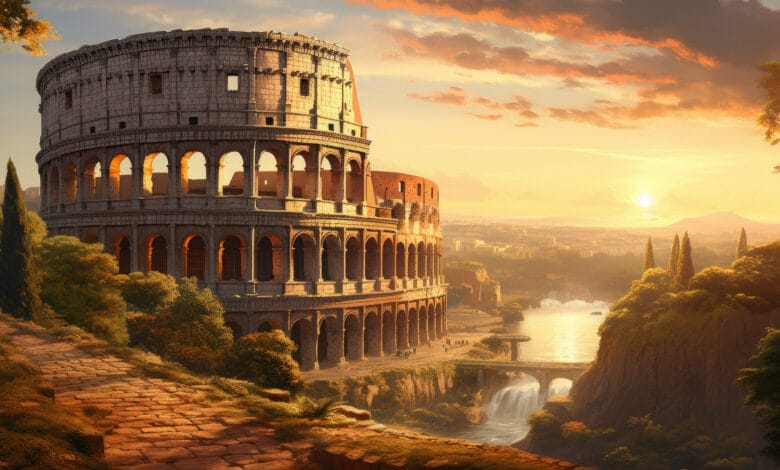What Elements of the Architecture Are Classical Legacies Today?

What elements of the architecture are classical legacies that can be seen in structures with a lasting value, influencing modern designs across the world? From the grand temples of ancient Greece to the massive buildings of the Roman Empire, classical architecture introduced principles of symmetry, proportion, and grandeur that continue to influence contemporary architecture today. These elements are not only historical but also serve as a foundation for neoclassical and modernist architecture.
For students interested in studying how classical architecture influences modern design, exploring some of the best architecture schools in France can provide valuable insight into the integration of historical buildings in contemporary styles.
Classical Architectural Elements
The concept of classical architectural elements stems from the architectural styles developed by the Greeks and Romans. These elements include columns, domes, arches, and decorative details that highlight symmetry and harmony. Greek architects first used the Doric, Ionic, and Corinthian orders, each serving unique structural and visual roles. Romans built larger, more complex structures like the Colosseum and aqueducts by using concrete.
Modern architecture often borrows from these principles, as seen in government buildings, museums, and even universities. The 18th- and 19th-century neoclassical movement revived these styles, showing classical architecture’s lasting impact. These innovations not only defined classical architecture but also inspired later Renaissance and Baroque architectural movements. Today, many of these features still exist in contemporary designs, reinforcing the legacy of ancient Greek and Roman architecture in modern construction.
The Characteristics of Classical Architecture
What elements of the architecture are classical legacies, has more to it. One of the defining characteristics of the classical style is its emphasis on balance and proportion. Classical buildings have precise mathematical ratios so that all architectural elements combine harmoniously. Architects often applied the Golden Ratio, a mathematical principle, to create attractive structures.
Columns are another key feature, offering support and symbolizing classical architecture. Iconic developments like the Parthenon and the Pantheon feature classical columns. Contemporary architects adapt these columns in simplified forms, yet their influence continues to shape today’s design trends. To understand the importance of columns in classical architecture, it is crucial to know the parts of a column in architecture, which highlights their elaborate design, and purpose.
Additionally, classical architecture heavily uses ornamentation, including intricate friezes, pediments, and sculptural details that reflect cultural and mythological themes. Adding decorative elements increases the grandeur of classical buildings, making them functional as well as artistic masterpieces.

What Elements of the Architecture Are Classical Legacies of the Hagia Sophia?
The Hagia Sophia, one of the most renowned architectural wonders in the world, is a prime example of what elements of the architecture are classical legacies. Originally built as a cathedral in the Byzantine era, it reflects a combination of classical Greco-Roman and Eastern architectural styles.
One of the most striking classical features of the Hagia Sophia is its massive dome, which follows the Roman tradition of using arches and domes to create huge interior spaces. Furthermore, the use of Corinthian columns and symmetrical layouts represents classical legacies in its design. With its grand arches and proportioned spaces, features of Roman engineering techniques act as a bridge between ancient classical architecture and later Byzantine and Islamic styles.
What Are the Three Architectural Styles of the Classical Era?
Classical architecture is categorized into three main styles, each with unique characteristics:
- Doric Style: The simplest and most functional of the three; strong columns with no bases and simple capitals. Greek temples such as the Parthenon commonly display this style.
- Ionic Style: Known for its ornamental details, including scroll-like volutes on column capitals. The Erechtheion in Athens is a famous example of this style.
- Corinthian Style: The most decorative, featuring elaborate capitals with acanthus leaves. The Romans widely used this style, especially in monumental architecture.
Conclusion
What elements of the architecture are classical legacies that can be found in structures across the world, from ancient Greek temples to modern neoclassical buildings? The influence of the classical style is prominent in government institutions, academic buildings, and residential designs, where symmetry, proportion, and decorative elements are essential. Whether in historic sites or modern skyscrapers, the legacy of classical architecture remains timeless.
Source: Stanford University Report



